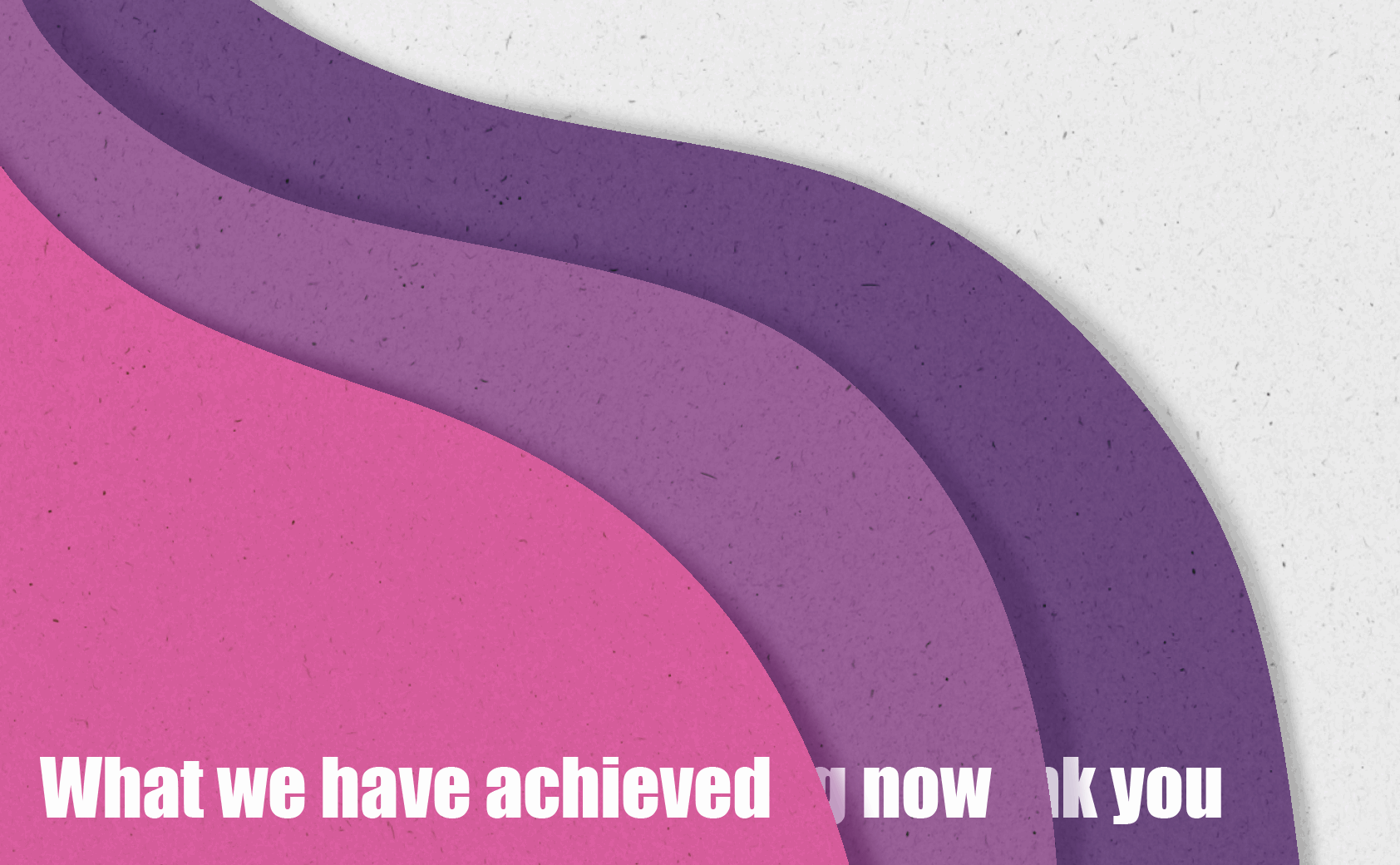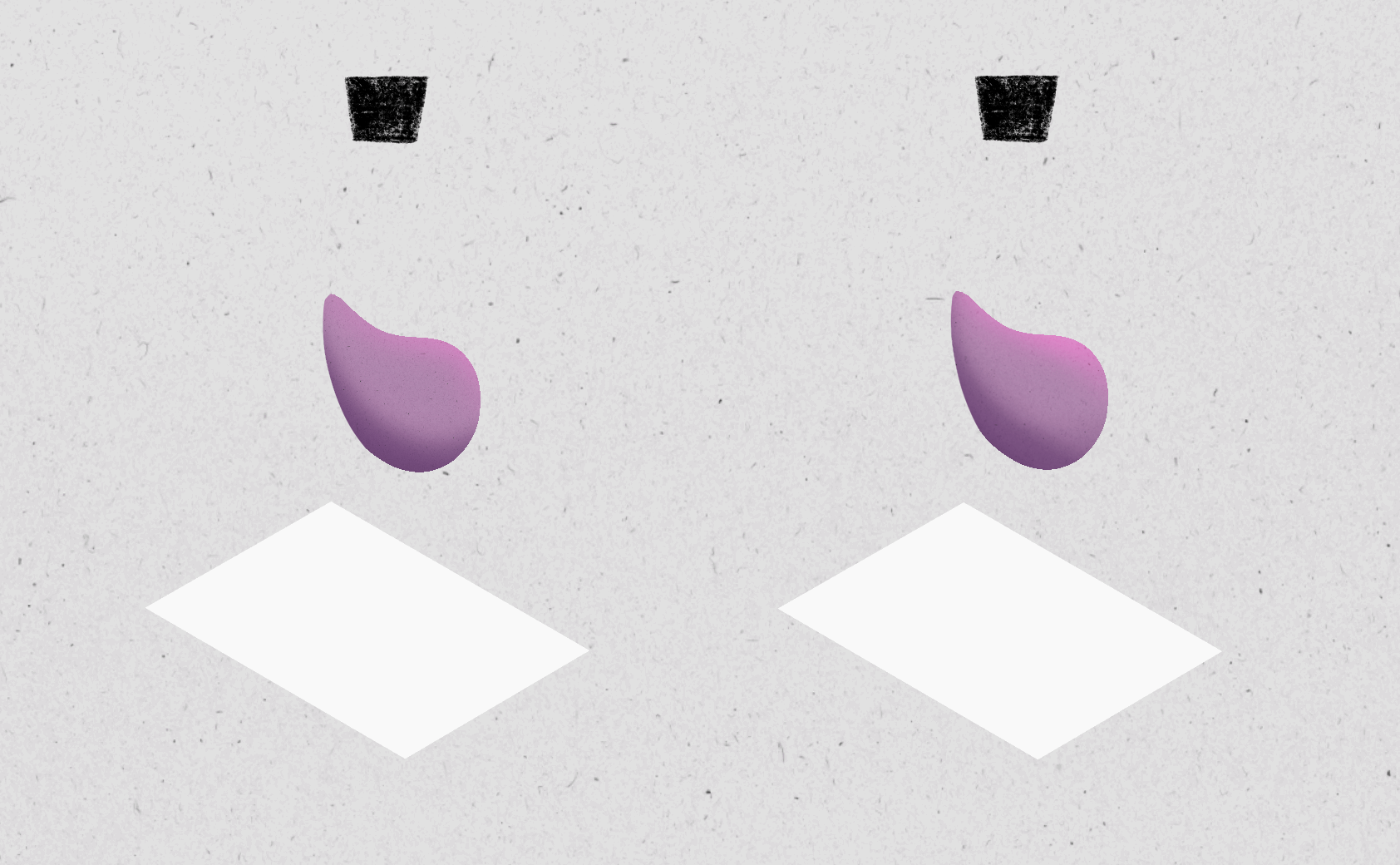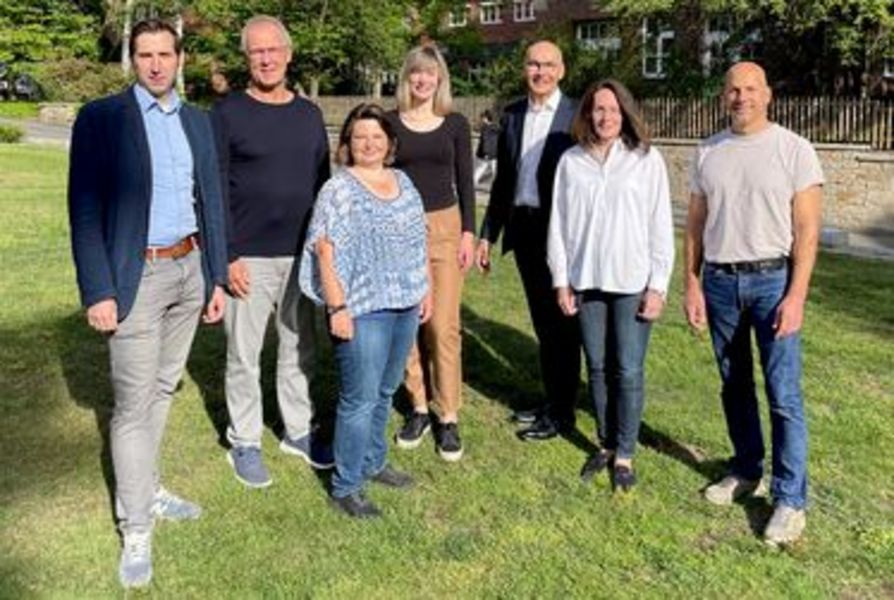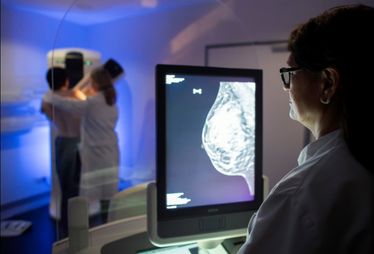Breast cancer screening with digital breast tomosynthesis: Is independent double reading still required?
S. Weigel, H.W. Hense, V. Weyer-Elberich, J. Gerß, W. Heindel
Rofo. 2024 Jan 31. doi: 10.1055/a-2216-1109
Digital Breast Tomosynthesis versus Digital Mammography for Detection of Early-Stage Cancers Stratified by Grade: A TOSYMA Subanalysis
S. Weigel* , W. Heindel*, T. Decker, V. Weyer-Elberich, L. Kerschke, J. Gerß, H.W. Hense, for the TOSYMA Screening Trial Study Group
*S.W. and W.H. contributed equally to this work.
Radiology. 2023 Dec;309(3):e231533. doi: 10.1148/radiol.231533.
Breast Cancer Detection: Digital Breast Tomosynthesis with Synthesized Mammography versus Digital Mammography
Su Min Ha, Jung Min Chang
Radiology. 2023 Dec;309(3):e232911. doi: 10.1148/radiol.232911.
Breast Density and Breast Cancer Screening with Digital Breast Tomosynthesis: A TOSYMA Trial Subanalysis
S. Weigel*, W. Heindel*, H.W. Hense, T. Decker, J. Gerß, L. Kerschke, for the TOSYMA Screening Trial Study Group
*SW and WH contributed equally to this work.
Radiology. 2023 Feb;306(2):e221006. doi: 10.1148/radiol.221006. Epub 2022 Oct 4.
Lessons Learned from the Randomized Controlled TOmosynthesis plus SYnthesized MAmmography (TOSYMA) Trial
Cindy S. Lee, Linda Moy
Radiology. 2023 Feb;306(2):e222178. doi: 10.1148/radiol.222178. Epub 2022 Oct 4.
Erste Ergebnisse zur multizentrischen, randomisierten, kontrollierten Brustkrebs-Diagnostikstudie ToSyMa
W. Heindel, S. Weigel
Senologie - Zeitschrift für Mammadiagnostik und -therapie 2022; 18(02): 125-126; DOI: 10.1055/a-1826-6228
Digital breast tomosynthesis plus synthesized mammography versus digital screening mammography for the detection of invasive breast cancer (TOSYMA): a multicentre, open-label, randomized, controlled, superiority trial
W. Heindel*, S. Weigel*, J. Gerß, H.W. Hense, A. Sommer, M. Krischke, L. Kerschke, for the TOSYMA Screening Trial Study Group
*WH and SW contributed equally to this work.
Lancet Oncol. 2022 May;23(5):601-611. doi: 10.1016/S1470-2045(22)00194-2. Epub 2022 Apr 12.
Digital breast tomosynthesis plus synthesised images versus standard full-field digital mammography in population-based screening (TOSYMA): protocol of a randomised controlled trial
S. Weigel, J. Gerss, H.W. Hense, M. Krischke, A. Sommer, J. Czwoydzinski, H. Lenzen, L. Kerschke, K. Spieker, S. Dickmaenken, S. Baier, M. Urban, G. Hecht, O. Heidinger, J. Kieschke, W. Heindel
BMJ Open. 2018 May 14;8(5):e020475. doi: 10.1136/bmjopen-2017-020475.
The TOSYMA RCT: Increasing the study sample size to assess the effect of DBT on interval cancer rates in mammography screening
W. Heindel, S. Weigel, L. Kerschke, K. Spieker, H.W. Hense, J. Gerss
Systematische und qualitätsgesicherte Früherkennung des sporadischen Mammakarzinoms: Update Screening-Effekte und wissenschaftliche Studien
W. Heindel, K. Bock, G. Hecht, S. Heywang-Köbrunner, V. Kääb-Sanyal, K. Siegmann-Luz, S. Weigel
Radiologe. 2021 Feb;61(2):126-136. doi: 10.1007/s00117-020-00803-1. Epub 2021 Jan 25.






